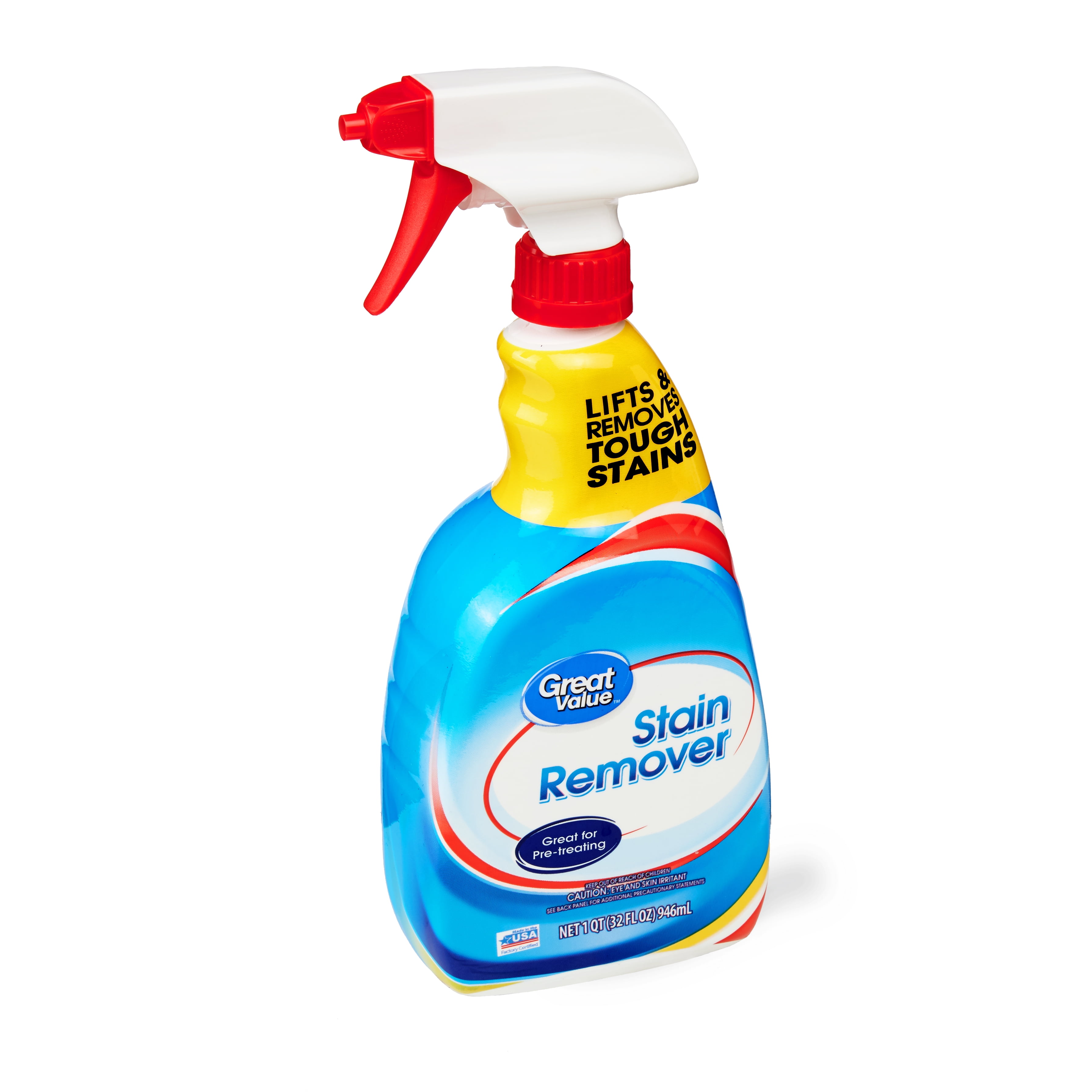
.png)
If you have any questions, you can reach out to the manufacturer directly. Some laundry stain removers may be harsh on these materials. Be careful if you’re working with delicate fabrics that are dry clean only. This isn’t as much of a concern for white cotton fabrics, but if you get a stain on a colored shirt, you want to be sure your stain remover isn’t going to fade the fabric. Verify that the stain remover you use will be safe on the type of fabric you intend to use it on by reading the manufacturer’s instructions.

Some may find this extra step too much effort compared to the other types of stain removers. Instead, you fill a sink or basin with water, pour in the powder, and soak your clothing in the water for a period of time before putting it in the washing machine. You don’t apply powdered laundry stain removers directly to the stain. Gel may be slightly more difficult to apply, but you usually don’t need to worry about it running off the spot once you’ve applied it. Liquids are the easiest to apply, but it’s best to lay the clothing flat while you spray so the spray can soak into the stain and doesn’t run down the fabric. Most laundry stain removers are liquids you spray onto the stain, but there are stain removers available in gel or powder form. Common enzymes include amylase, which breaks down starches protease, which breaks down proteins and lipase, which breaks down fats. Enzyme-based stain removers are less common than the other two types mentioned above, but they’re the best choice for stains like blood and chocolate. In laundry stain removers, they work much the same way, except their job is to hide a stain. Enzyme laundry stain removersĮnzymes are what your body uses to break down foods into smaller, more usable chunks. Many laundry stain removers include both oxidizing and surfactant ingredients, which allows them to work on a variety of stains. These ingredients do an excellent job of removing water- or oil-based stains, including grease stains. Soap is a common surfactant, as is sodium lauryl sulfate. Surfactants work by reducing the surface tension between the stain and the fabric, making it easier for your washing machine to lift the stains out of the fabric. If you’re concerned about this, read customer reviews before purchasing an oxidizing stain remover to make sure it’s not an issue.īestReviews Cleaning Expert Surfactant laundry stain removers

They can sometimes go too far and begin breaking down the chemical bonds in the clothing’s fabric, fading its color. However, you must be careful when using them on colored fabrics. These types of stain removers work best on stains like coffee, wine, tea, and ink. Common examples of oxidizing stain remover ingredients include hydrogen peroxide and chlorine bleach. Oxidizing laundry stain removers work by breaking apart the chemical bonds in the stain molecule, rendering it colorless. The three main types are oxidizing, surfactant, and enzyme-based stain removers. Ingredients dictate which types of stains it can successfully remove. When choosing a laundry stain remover, know its ingredients. Whenever possible, start pretreating the problem spot with a stain remover right away, then put it in the washing machine after you’ve let it sit for a few minutes. The sooner you attempt to remove a stain, the easier it is to get out.


 0 kommentar(er)
0 kommentar(er)
